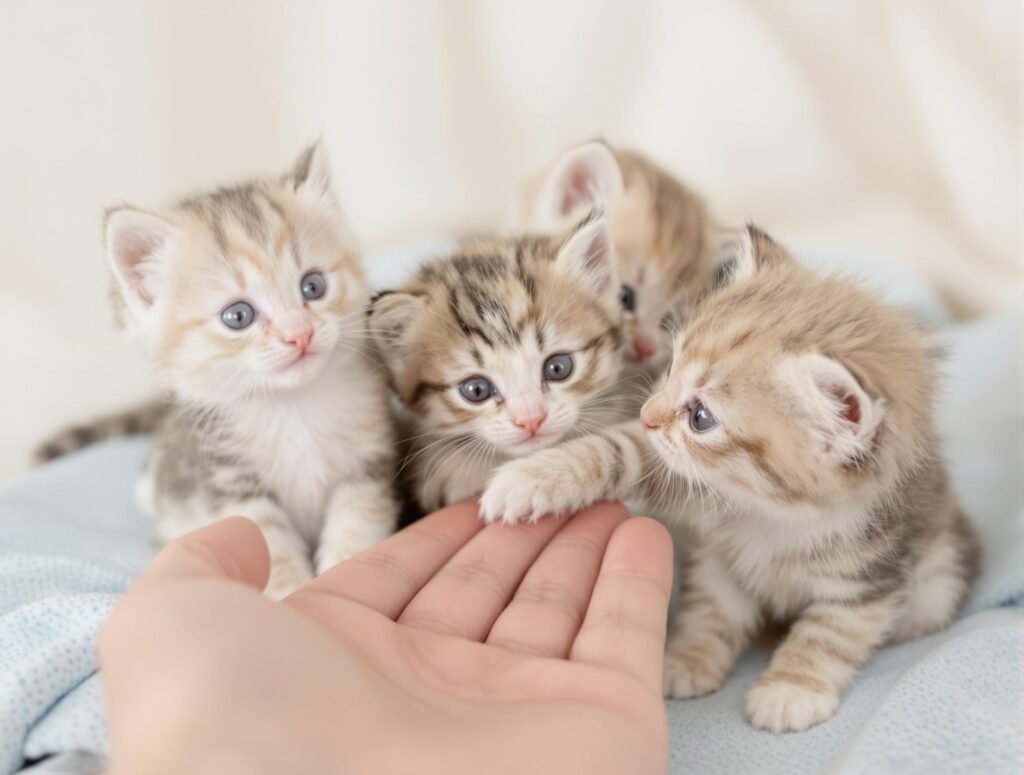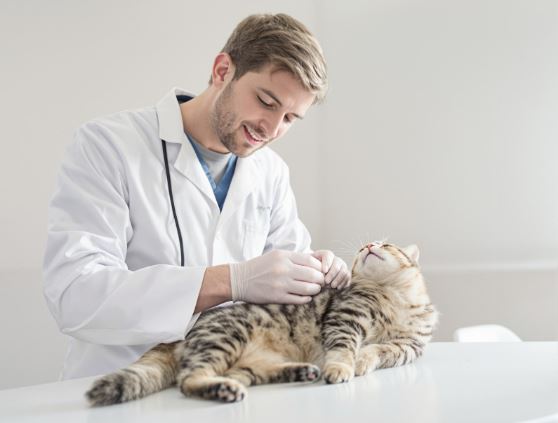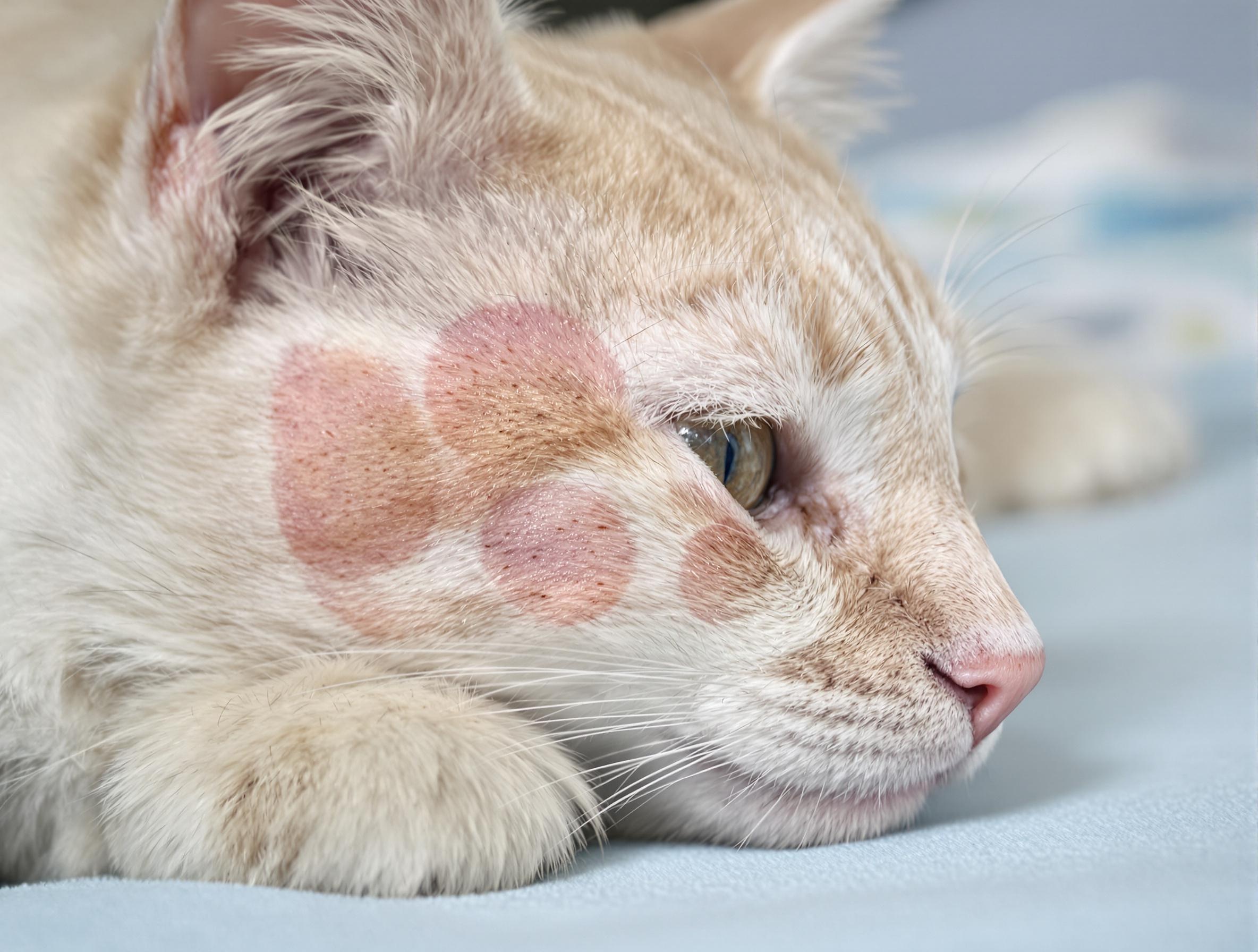When Can You Hold Kittens: A Careful Guide For New Cat Parents

Key Takeaways
- Understanding the appropriate timing and techniques for handling kittens enhances bonding and ensures their safety and comfort.
- Consistent, gentle interaction during the early weeks establishes trust and fosters a well-adjusted, affectionate pet.
- Monitoring body language and developmental stages is crucial in adjusting handling approaches for each kitten’s unique needs.
When Is It Safe to Start Holding Kittens?
Bringing home a kitten is an exciting time, and the urge to cuddle them right away is tough to ignore. But knowing when and how to handle them is key to building trust and keeping them comfortable. Experts say to wait until at least one week old before picking them up, as long as the mother cat is okay with it. Respecting their growth stages builds a safe and loving connection.
Kitten Development Stages: When to Pick Up Kittens
Figuring out the right time to pick up kittens matters a lot. Like human babies, kittens need gentle care in their early weeks. Your kitten’s age and growth stage, plus mama cat’s cues, will show you the best moment to start bonding with soft touches. If you’re unsure about handling at any point, checking with your veterinarian or reviewing kitten care supplies at 1800PetMeds.com can help.
Birth to 2 Weeks
Newborn kittens are tiny and delicate, mostly nursing and sleeping. Only lift them for gentle health checks, always with clean, warm hands. Look for mama cat’s calm stance and soft purring as signs she’s fine with you around. Their senses are still growing, so they lean on their mom for comfort and safety.
2–3 Weeks
Little eyes start opening! Now you can try soft, quick touches while keeping mama cat content. If she stays calm nearby, that’s a good sign to go ahead. Keep it short, about one to two minutes. You might notice your kitten picking up your scent, a big step in bonding.
3–4 Weeks
Curiosity kicks in, and kittens get more active. When mama cat stays relaxed and kittens come toward your hand, it’s time for regular gentle handling. Think of it like meeting a new pal—go slow and let them guide you. They’re also working on balance, so gentle support when holding them helps.
4–7 Weeks
Social skills start budding! Kittens can handle longer cuddle times. Look for happy signs like purring, relaxed ears, and playful moves. If they hide or cry, give them space and try later. Playtime now builds trust and confidence.
8 Weeks and Beyond
Playtime rules! Kittens are ready for regular fun and snuggles. They’ll show they’re comfy by seeking you out, hopping in your lap, and purring when held. This is a great time to bring in new textures and activities to help them grow into confident cats. For toys and supplies that support socialization, explore the Cat Toys category on 1800PetMeds.com.
If your kitten seems uneasy or acts differently, watch them closely and consult your veterinarian for next steps.

The Power of Touch: Benefits of Handling Kittens Early
Handling your kitten early on builds a bond and supports their social and physical growth. Love and trust grow when you share gentle moments with your kitten. These early touches create lasting ties that get stronger over time.
Getting used to human touch comes naturally with positive moments, making grooming and vet visits calmer down the road. Kittens develop better behavior and balance through supported play, helping them gain physical confidence. Emotional strength also builds through steady affection, turning them into adaptable, happy companions.
How to Handle Newborn Kittens Safely
A soft touch starts a lifetime of trust with your kitten pals. Your care in these early weeks lays the groundwork for your bond. Follow these best practices:
- Hold your kitten like a fragile gem, supporting their whole body. Cup your hands under their belly and be gentle with their head and neck. Never lift by the scruff or tail.
- Make a cozy spot with soft blankets or a low-heat pad covered with fabric. Kittens can’t regulate their body temperature for the first three weeks, so warmth supports digestion and comfort.
- Watch mama cat’s signals when you’re nearby. A calm mom grooming or resting means you’re doing fine. If she moves her babies or tenses up, give them space.
- Start with short 3–5 minute bonding sessions around feeding time, which happens every two to three hours for newborns. Gradually increase handling time as they grow.
- Contact your vet if you see signs of distress or health concerns. For added support, review cat health products at 1800PetMeds.com.
Embrace Your Journey: Become a Confident Cat Parent
Your gentle care today shapes the bond you’ll share tomorrow. Using thoughtful handling techniques helps your kitten feel safe and loved. Your path as a cat parent is just beginning, and there’s so much more to learn. Whether you need expert kitten care tips, behavior advice, or health information, PetHealthMD and 1800PetMeds.com have your back as you help your kitten grow into a joyful, healthy companion.
Frequently Asked Questions About Handling Kittens
How soon after birth can I touch newborn kittens?
You can usually start gently touching kittens around one week old, as long as the mother cat is comfortable with your presence. Always make sure your hands are clean and warm before handling.
How long should I hold kittens at a time?
Start with brief handling sessions of 1–2 minutes during the early weeks. Gradually increase cuddle time as kittens become more comfortable and mobile.
What if the mother cat gets upset when I handle her kittens?
If the mother cat shows signs of distress, such as hissing or moving her kittens, give her space and try again later. A calm, relaxed mom indicates she feels safe around you.
Can handling kittens too early cause harm?
Yes. Picking up kittens too soon can cause stress or make the mother cat anxious. Wait until they are at least one week old and ensure the mother cat approves.
How can I help my kitten get used to being handled?
Start with gentle, positive interactions every day. Reward calm behavior with a soft voice or gentle petting to build trust and comfort over time.





